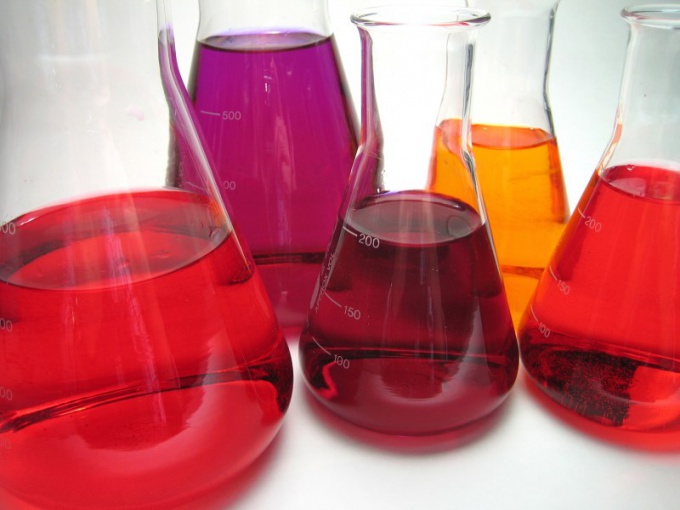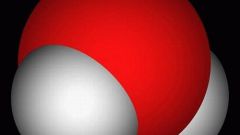You will need
- - the periodic table.
Instruction
1
A mole is the amount of substance that contains a certain number of particles (atoms, ions, molecules) equal to the Avogadro constant. Na = 6,02 X 10 to the 23. Itself the Avogadro constant is defined as the number of atoms contained in twelve grams of carbon.
2
Therefore, it is possible to calculate the number of moles contained in the substance, if you know the number of atoms or molecules in it. This value must be divided by Avogadro's number. For example, if in the sample there is of 12.04 x 10 23 molecules, then the number of moles will be 2. Indicated by the number of moles as n.
3
The molar mass of the substance (M) is mass, which has one mole of this substance. To obtain these data, using the periodic table. You need to add the molar mass of each element, taking into account existing ratios. For example, for methane CH4 molar mass M is equal to 12 + 4 x 1 = 16. This value is measured in grams divided by moles.
4
In order to calculate the mol, in addition to molar mass and know the mass of the test specimen. Further calculations are carried out according to the formula n = m/M where m is the mass of the substance.
5
If you know the concentration and volume of solution, we can find the number of moles of a substance, based on these data. For this you need to multiply the volume and concentration. The formula is as follows: n = c x V.
6
If you want to calculate the number of moles contained in the gas under normal conditions (pressure equal to 101 325 PA and a temperature of 273 K), you need to know is the volume of gas. The formula in this case is: n = V/Vm. Vm is the molar volume of an ideal gas, a constant value under normal conditions. Equal molar volume of 22.4 liters/mol. Often it is measured in cubic decimeters, divided by the mol.


